Transforming from a loss-making shrimp pond
In the 2010s, when natural fisheries were increasingly declining, Mr. Dung realized the potential of brackish water aquaculture, especially barramundi, a fish species that can adapt well to the saline land of Soc Trang . Instead of continuing to pursue ineffective shrimp ponds, he decided to change direction.
Workers harvesting barramundi.
Initially, with an area of only 1.5 hectares and an output of about 50-70 tons/year, raising barramundi still had many risks due to the unfamiliar market. However, with the mindset of "learning while doing", Mr. Dung continuously accumulated experience, improved the farming process and gradually expanded the scale. By the end of 2019, he made a turning point decision: completely stopped raising shrimp, focused all his efforts on investing in barramundi on an area of 40 hectares according to the industrial intensive farming model. He invested about 1.5 billion VND in each hectare of water surface, equipped with a circulating water treatment system, maintaining stable environmental conditions. "Barramundi requires strict control of water quality, especially salinity ranging from 5-15‰. The fry must also meet standards, about 10cm in size before stocking, the farming period lasts from 8-12 months," Mr. Dung shared.
For Mr. Dung, farming is not only about production but also about building a systematic and modern agricultural economy . The four pillars he pursues include: complete technical infrastructure; professional human resources and management; application of science and technology; and most importantly, quality control and understanding of market demand. “Raising fish today is to meet the demand of the next few years. We must have a long-term vision, we cannot chase temporary prices,” he said.
Bringing Soc Trang sea bass to the world
Currently, Mr. Dung's farm is the largest barramundi farming facility in the Mekong Delta region, supplying more than 1,000 tons of fish per year to processing factories for export to Thailand, Australia, the US, Canada and Middle Eastern countries. In addition, about 2,000 tons of barramundi are consumed domestically, mainly in Ho Chi Minh City, Can Tho, Long An, Tien Giang...
Depending on the market, exported barramundi costs around VND90,000/kg; domestically consumed fish costs VND95,000-100,000/kg if they meet the standard of over 1kg/fish. However, prices also fluctuate frequently. “Today’s fish prices reflect the decisions of farmers a few years ago. When many people abandoned their herds and there was a shortage of supply, prices increased. But when the herds were restocked, prices fell again,” Mr. Dung explained.
Not keeping the results for himself, Mr. Dung is cooperating with 5-10 local households raising barramundi, providing technical support, breeds and purchasing standard products. He has assigned a team of 10 engineers to directly monitor the farming areas, to ensure consistent quality and transparent traceability, a key factor when competing with demanding markets such as China, Thailand, Malaysia, etc. Despite initial success, Mr. Dung still maintains a cautious spirit. “Aquaculture is a long-term game. It cannot be done in a one-time way. There must be a close connection between farmers, processing plants and exporting enterprises if we want to survive in the long term,” he said.
According to Mr. Phan Van Ha, Head of the Tran De District Agricultural Extension Station, the model of raising barramundi is a potential direction, but the investment capital is quite large, requires high technology and the market is volatile. "To develop sustainably, farmers should participate in the production - consumption chain to ensure stable output," Mr. Ha recommended.
Article and photos: NGUYEN TRINH
Source: https://baocantho.com.vn/-vua-ca-chem-mien-tay-xuat-khau-nghin-tan-a187769.html


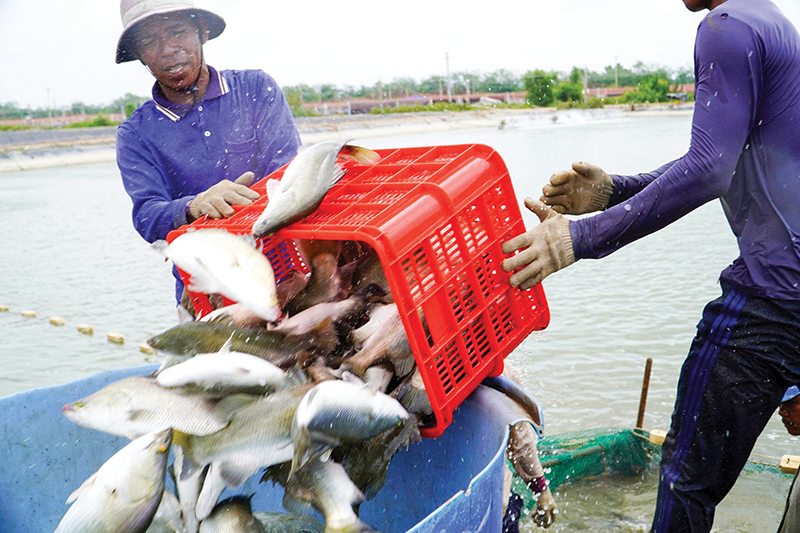
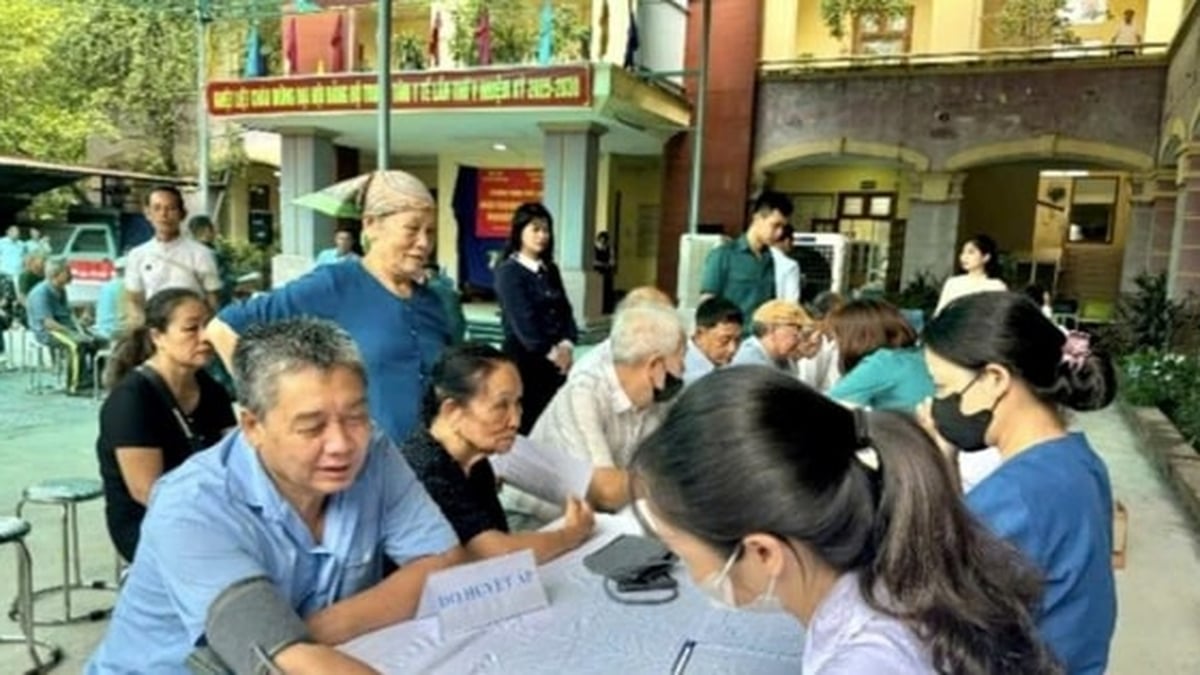
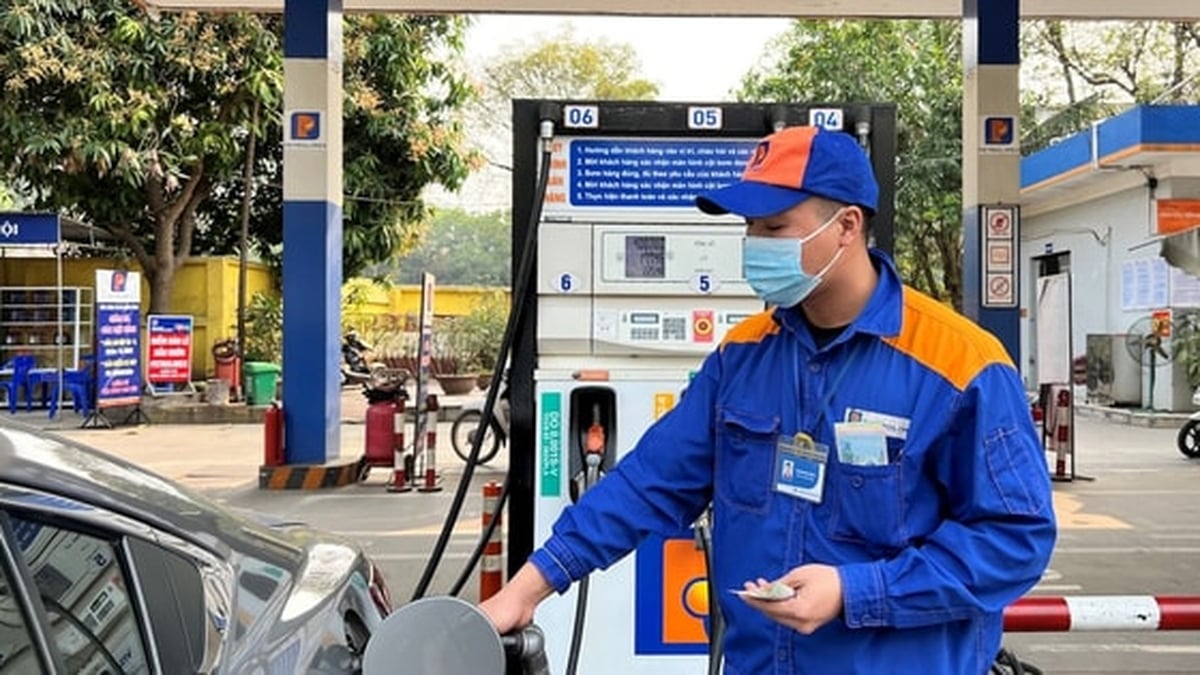
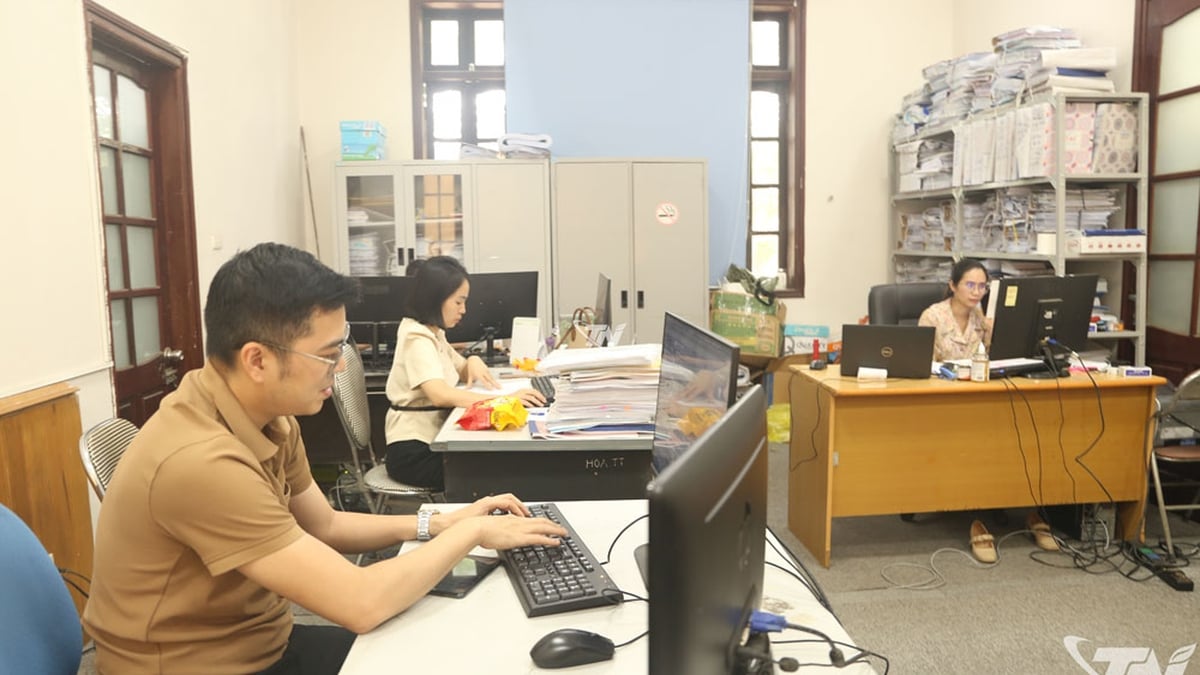
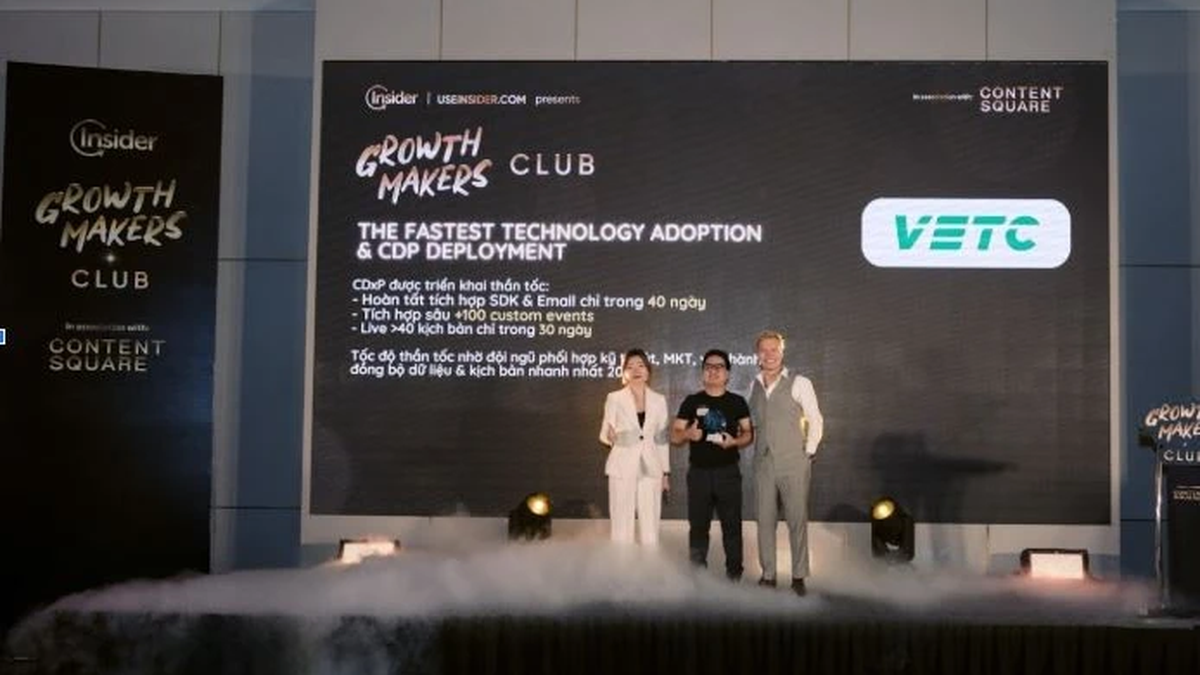
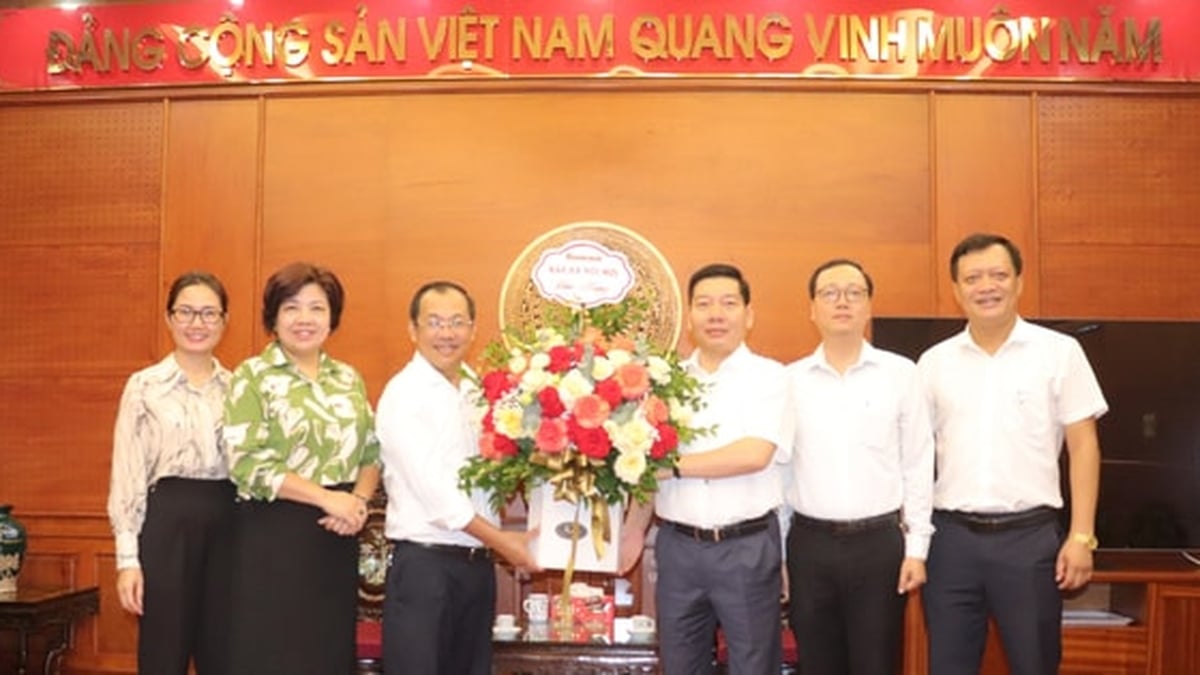
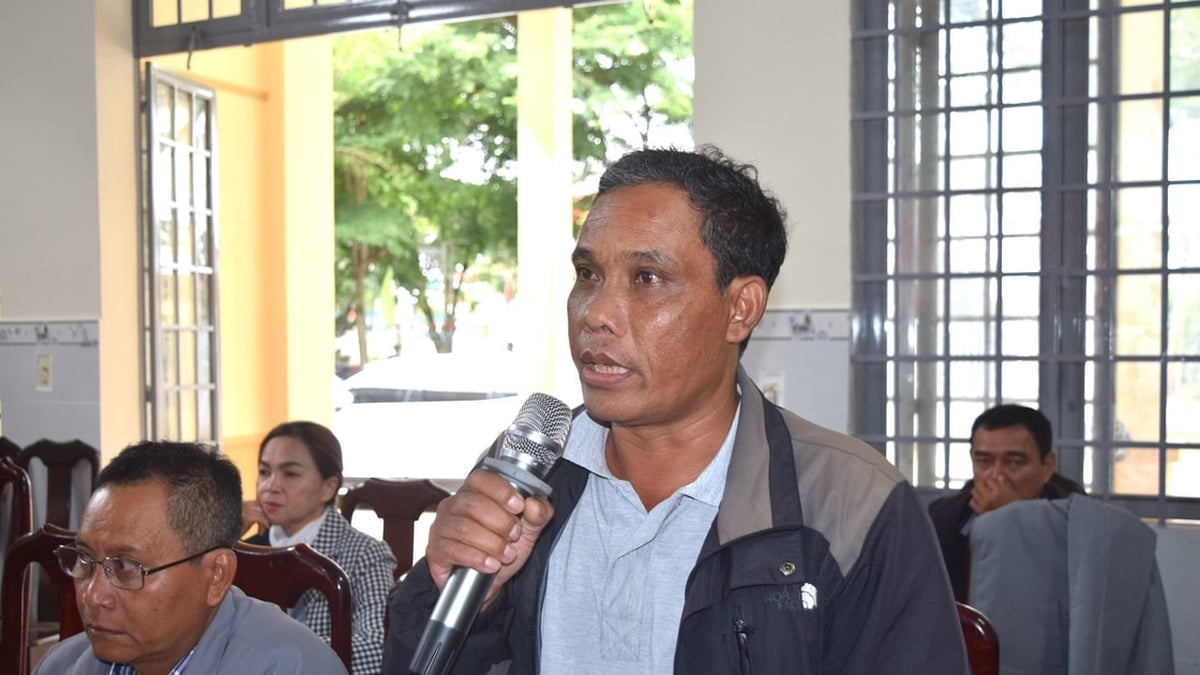
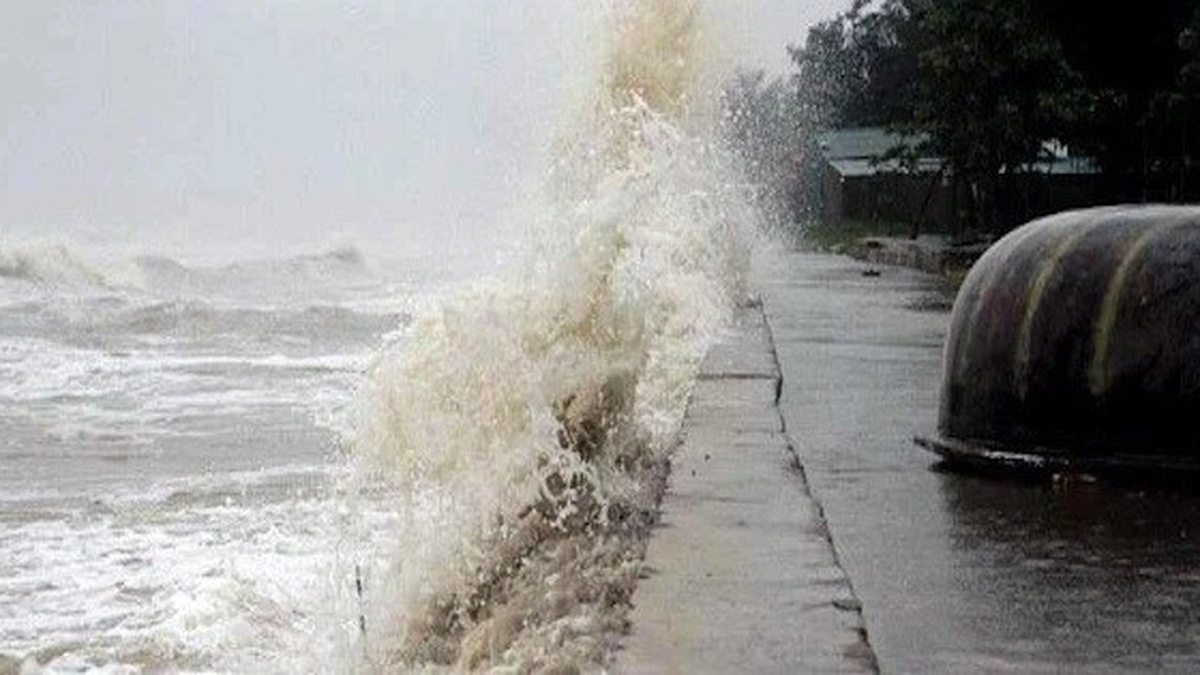
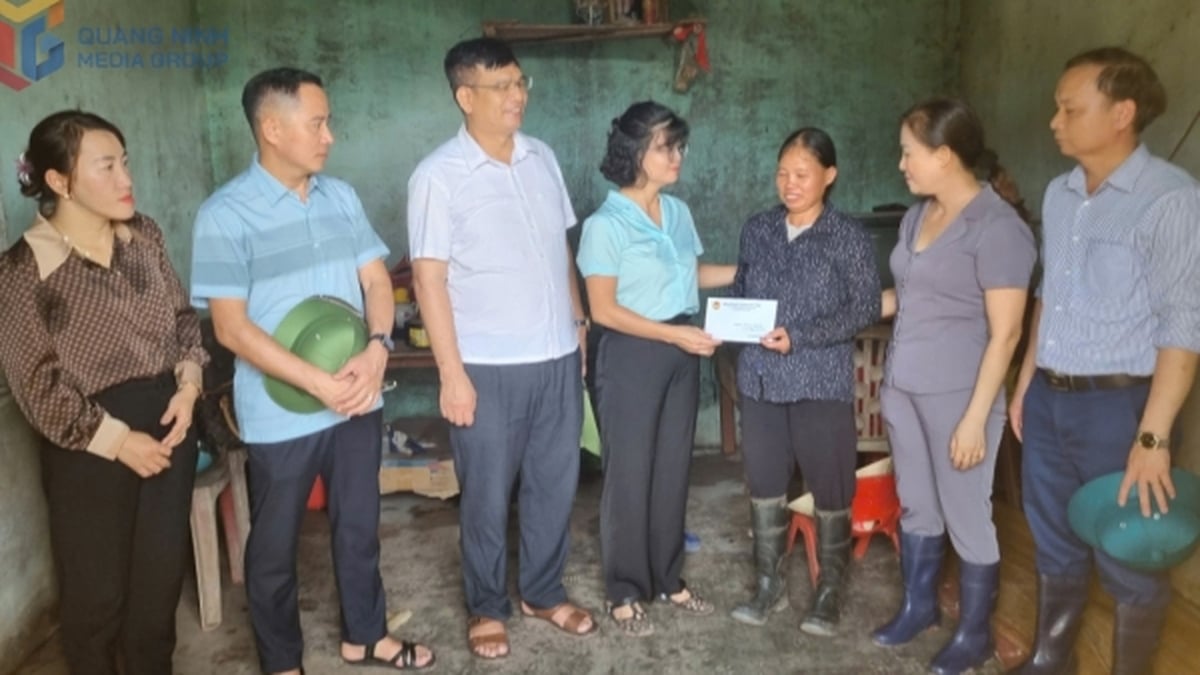

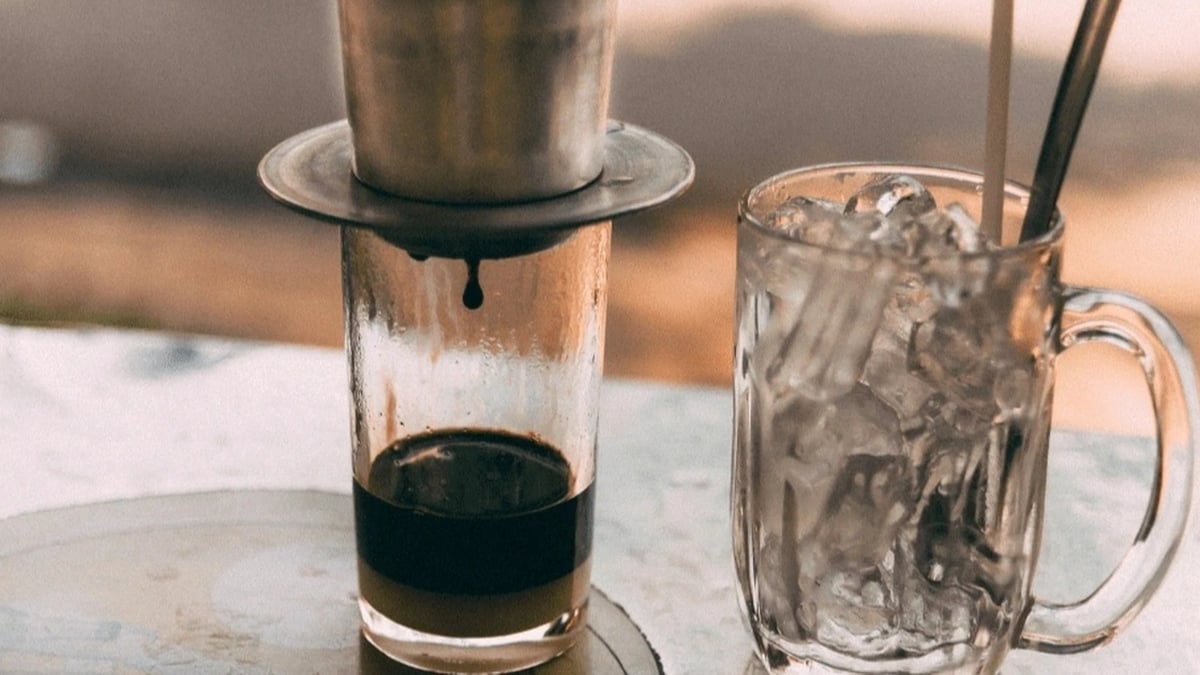




























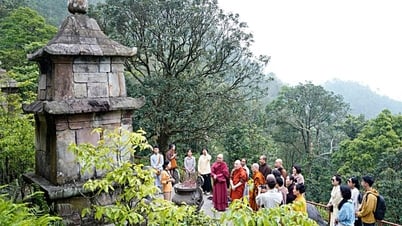





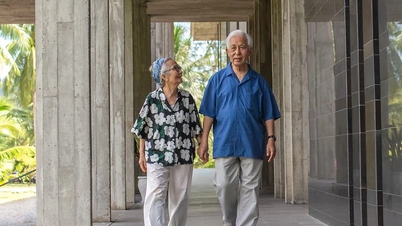

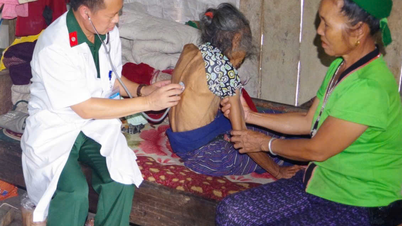








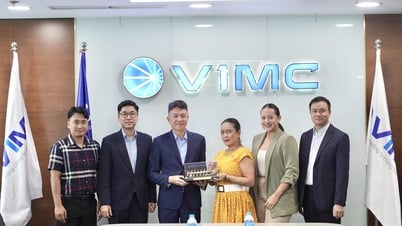
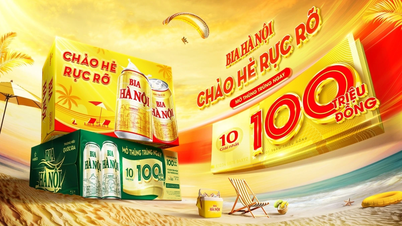

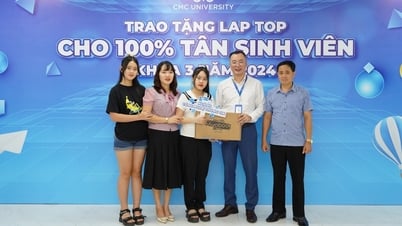

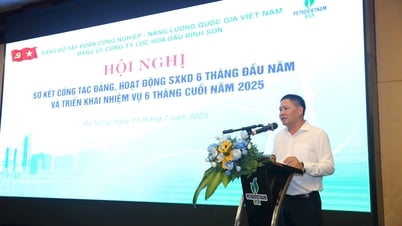



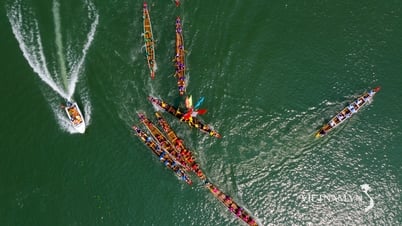







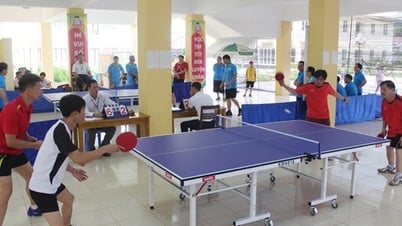


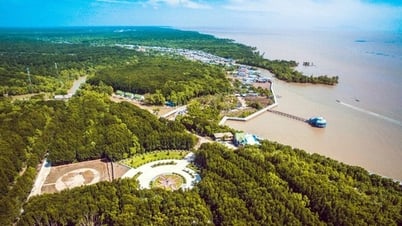
























Comment (0)